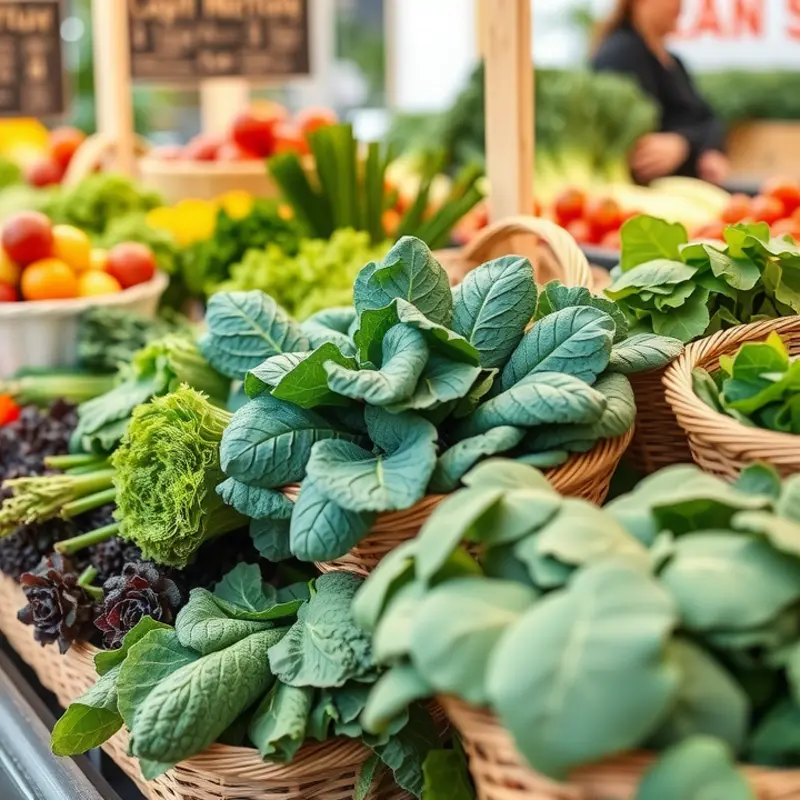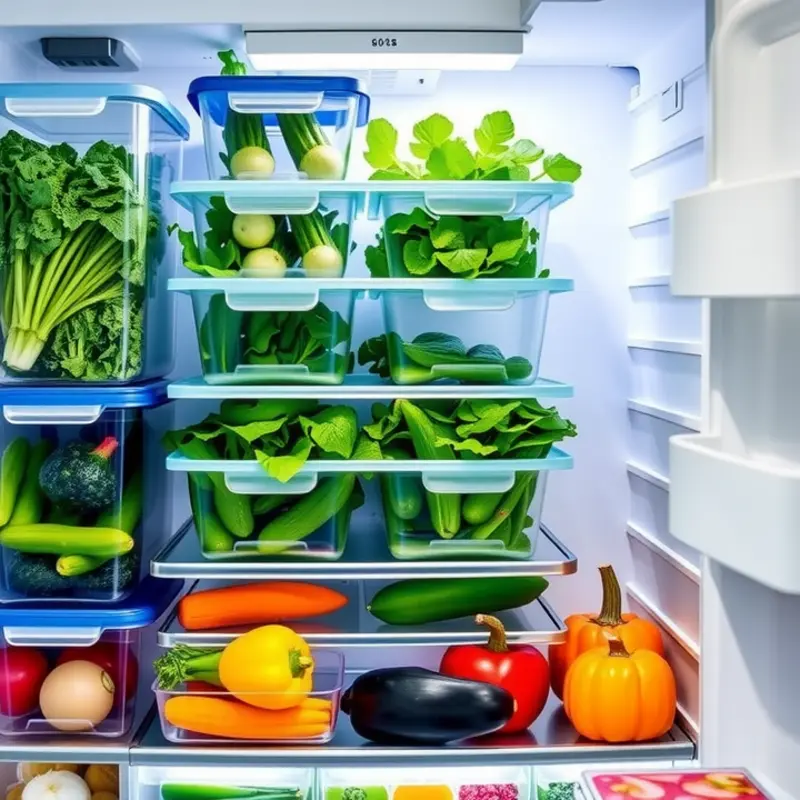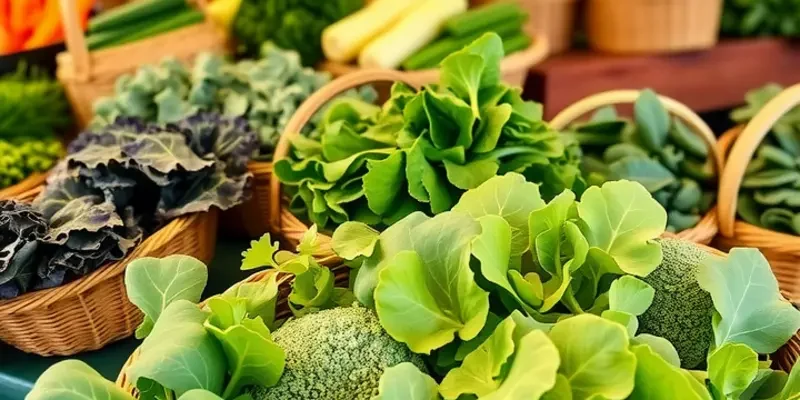Properly storing leafy greens can significantly enhance your kitchen experience. By utilizing effective techniques, you can maintain their freshness longer, reduce waste, and ensure that your meals are always nutritious and flavorful. This guide offers straightforward methods that are easy to implement, transforming the way you manage your greens at home.
Selecting Your Greens Wisely

Choosing the right leafy greens plays a crucial role in their storage longevity and freshness. When you’re at the market or grocery store, selecting greens with the longest potential shelf life begins with choosing the right variety. Some greens, like kale and collard greens, offer extended freshness when stored properly, thanks to their sturdy leaves. On the other hand, delicate greens such as arugula and spinach may require prompt use, as they tend to wilt faster.
One key to ensuring you pick the freshest greens is a thorough visual inspection. Begin by examining the color: vibrant and rich hues often indicate freshness. Avoid leaves with yellowing edges or significant discoloration. The texture, too, should be crisp where applicable; limp greens are likely already on the decline.
Watch out for excess moisture in the packaging or on the leaves themselves. While a light mist can keep greens hydrated, too much can accelerate spoilage. Gently press the bag or container to feel for any soggy areas that might suggest decay has started.
If selecting organic options is important to you, prioritize buying certified organic greens, especially if you intend to eat them raw. Organic greens often come with certifications that guarantee they are free from synthetic pesticides and fertilizers, which is not only beneficial for health but also for the environment.
In addition to these checks, sourcing your greens from local suppliers can also contribute significantly to their freshness. Locally grown greens usually spend less time in transit and on store shelves, ensuring they reach you in a fresher state compared to those shipped across long distances. This practice not only supports local agriculture but reduces the environmental impact associated with long-haul transportation.
Integrating these practices into your shopping routine helps minimize waste, allowing you to enjoy your greens at their peak. For additional strategies on reducing waste and maximizing kitchen storage, consider exploring eco-smart kitchen storage techniques.
Exercising mindfulness in your selection process will also empower you to better plan your meals, ensuring each leaf you purchase brings its full flavor and nutrition potential to your dishes.
Storage Techniques for Ultimate Freshness

Once you’ve selected the freshest leafy greens, the key to maintaining their crispy texture lies in meticulous storage. Begin by gently washing your greens in cold water. This step is crucial for removing dirt and potential pesticides clinging to the leaves. Swishing them in a large bowl of water allows any debris to settle at the bottom. Next, dry your greens thoroughly; moisture is the enemy when it comes to prolonging freshness. Use a salad spinner for efficiency or pat them dry with a clean kitchen towel, ensuring no water droplets remain.
To maximize crispness, the choice of packaging is vital. For storing in the refrigerator, place your dried greens in a breathable bag or wrap them loosely in a clean paper towel before storing in a plastic bag. The paper towel helps to absorb excess moisture, preventing rot while maintaining an ideal level of humidity. Consider investing in produce bags made from breathable material to allow airflow, mimicking the natural environment of growing plants.
While icebox storage suits most greens such as spinach, lettuce, and kale, heartier greens, like collard or Swiss chard, benefit from storage alternatives. Try wrapping them in damp paper towels and storing them in sealed containers. This method retains necessary moisture without suffocating the leaves.
The type of container you store your greens in can make a significant difference. Choose containers that maintain a balance of moisture and breathability. Airtight containers may trap too much moisture, leading to slimy greens, whereas containers that are too open can dry them out. Consider using glass containers with vented lids, which allow for some airflow while containing the humidity around your greens.
Monitor moisture levels consistently by checking the condition of the paper towels every couple of days. If they’re too wet, your greens are at risk of becoming soggy, leading to spoilage. Swap out damp towels for dry ones to keep conditions optimal.
For those looking at alternative methods, consider utilizing vacuum-sealed bags. While this may slightly compress the greens, removing the air can dramatically extend their shelf life. Ensure greens are as dry as possible before sealing to capitalize on this method effectively.
Another tip involves crisper drawers, which are often overlooked as a storage ally. Use the adjustable humidity settings; high humidity is best for greens. This setting maintains a humid environment that slows down the wilting process, keeping your produce fresh longer.
For a sustainable kitchen, see our eco-smart kitchen storage tips to ensure you’re balancing freshness with environmental considerations. By making thoughtful choices, you finesse the art of storing leafy greens with precision, reducing food waste significantly while enjoying nutrient-rich greens at peak freshness.
Final words
Storing leafy greens properly is a simple yet profound way to enhance your food management practices at home. By selecting the freshest greens and employing effective storage techniques, you can enjoy all the benefits of these nutritious vegetables while minimizing waste. Remember, high-quality greens can elevate your meals, and with these tips, you’ll have them on hand to grab whenever inspiration strikes. Implement these methods today to make the most out of your leafy greens, ensuring they remain fresh and delicious for longer.







